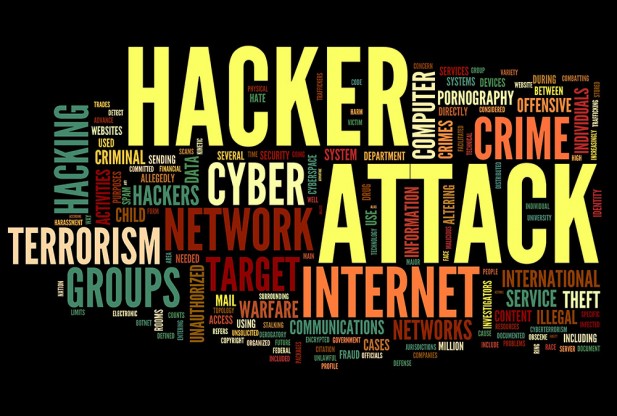

- #BREACH DEFINITION HOW TO#
- #BREACH DEFINITION SOFTWARE#
Doing so both better protects data you’ve been entrusted with and limits the potential that you’ll need to be in a meeting with the CEO, Chief Legal Counsel and the Attorney General of your state. You may or may not have taken additional steps to structure and monitor your data internally. We’re going to presume that you’re already taking steps to secure your network and applications properly.
#BREACH DEFINITION HOW TO#
If you prepared and have per state user information, determine what communication options you have to contact each person (email, sms, mailing address).ĭata Breach Notifications: How to Avoid Doing Them?. Investigate to find out exactly what types of application data were affected. Find out exactly what user identifying data attributes were disclosed. Determine the number of people affected. Formally note the date you first became aware of the data breach as the clock is ticking. Health insurance info (health insurance ID)Ī product like the Data Classification Framework can be very helpful in identifying PII within files on a network.įirst, you should take whatever steps are necessary to prevent further data loss (patch, modify permissions, other remediation). Any financial information (ex: retirement account numbers, investment information). Any biometric information (fingerprints, retina scans, etc.). State ID numbers (driver license, passport). Self reported (shipping or billing address) and when it was last updated Keep up to date records of which US State a person resides in:. Maintain up to date contact information. Properly associate your data with a user. Use our data breach checklist below to assure you don’t miss any important preparation points. Understanding what data is in your possession, who it’s associated with and who is using it are all keys to making breach notification decisions. Data Breach Notification: How to Prepare? A cloud based service that you use experiencing a security incident.Ī ransomware attack that encrypts files containing PII data is considered a data breach in legal terms as while the data hasn’t left the confines of your network, it’s no longer in your control. A forum breach where emails and passwords were taken. A spreadsheet with a list of student emails and if they had peanut allergies. A phishing attack that revealed employment data on a half dozen employees. Scenarios That Call for a Data Breach Notification Planĭepending on what state you’re in and exactly what was exposed any of the following scenarios would trigger the need for you to execute on a data breach notification plan: We are right now living in a world where it’s very likely that what were previously routine attacks or incidents should be reported as a data breach. While vastly different in scope and in the type of data that was exposed, it’s important to realize that the analysis, response and notifications that need to be taken are exactly the same. #BREACH DEFINITION SOFTWARE#
If at any point, for any reason, an organization loses control of a piece of data it’s considered to be a data breach.įrom a technical perspective there is a massive difference in the severity of the threat posed by something like the OPM Data breach – which exposed the background investigation files, fingerprints, medical history and Social Security Numbers of 4.2 million people and the forum software on a relatively small website being compromised. Who can access a particular piece of data? Who has rights to modify a file? What accounts can write to a database? Data breaches are usually theft for monetary gain, but some incidents have been related to international espionage activity.ĭata integrity centers around control. Credit card numbers, social security numbers, and bank account information are common targets in a data breach. Data Breaches result in the release of Personally Identifiable Information (PII), Personal Health Information (PHI) or trade secrets. “This really opened my eyes to AD security in a way defensive work never did.”Ī data breach is the intentional or unintentional release of confidential, private, or secured data to an untrusted entity.





 0 kommentar(er)
0 kommentar(er)
